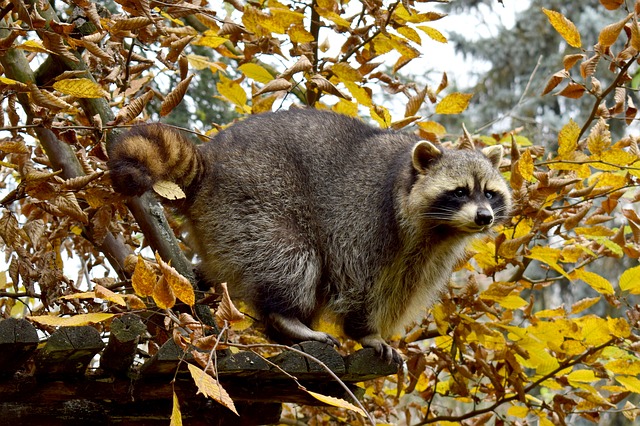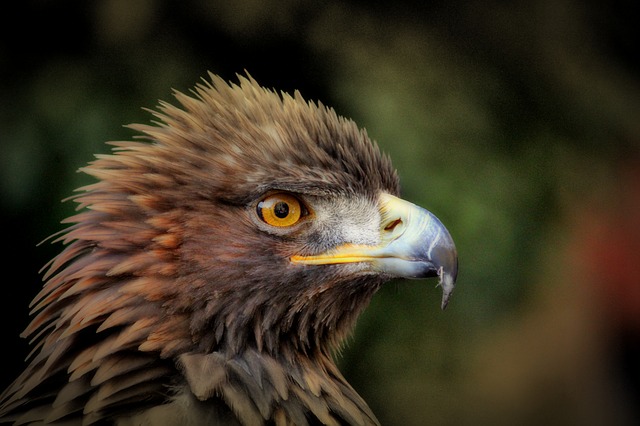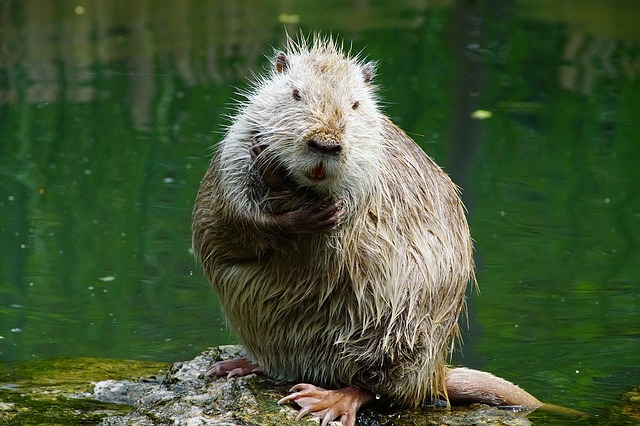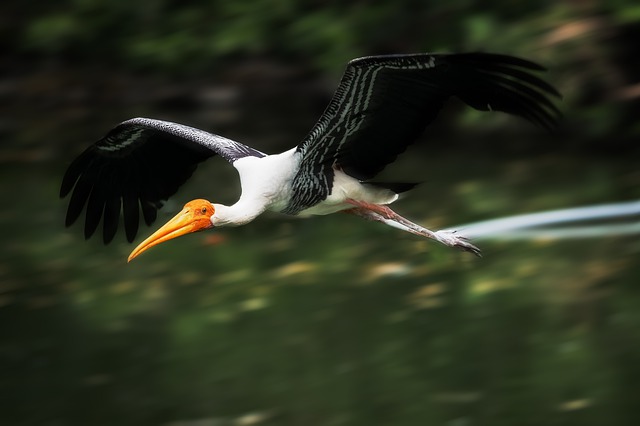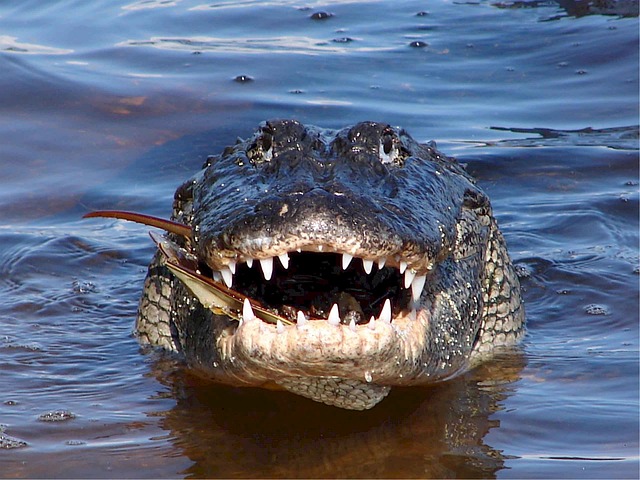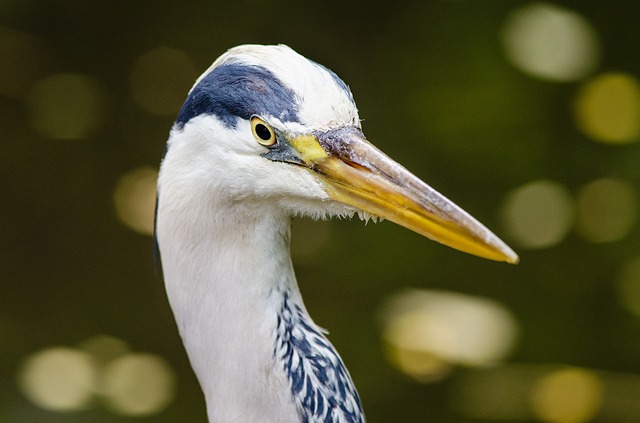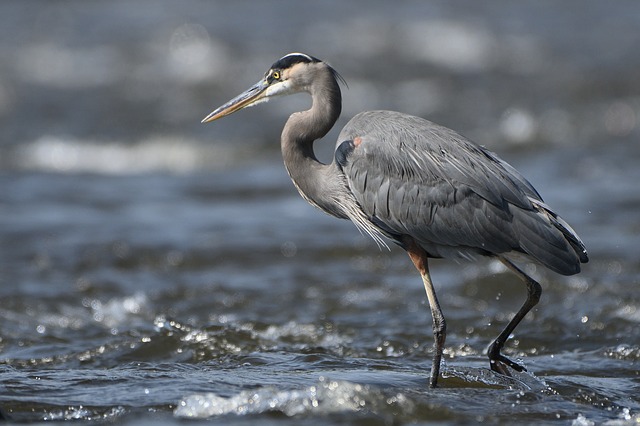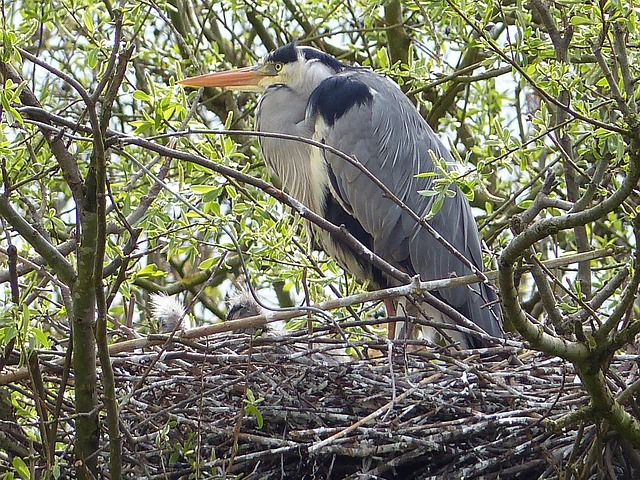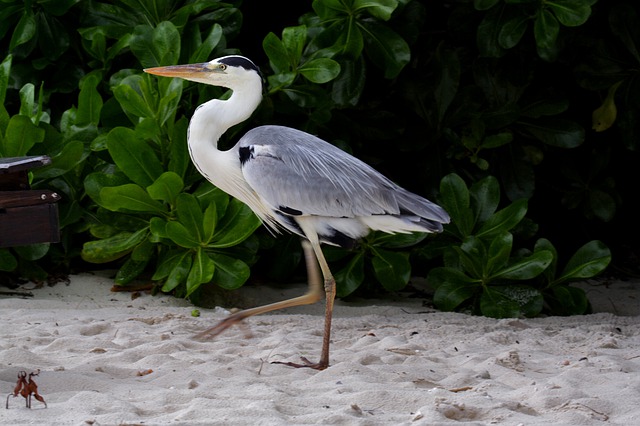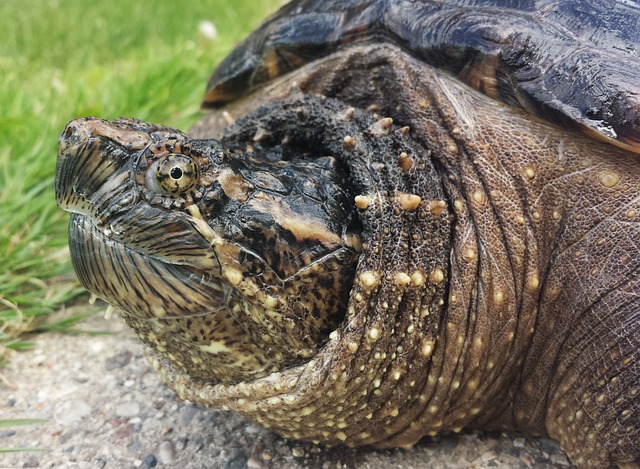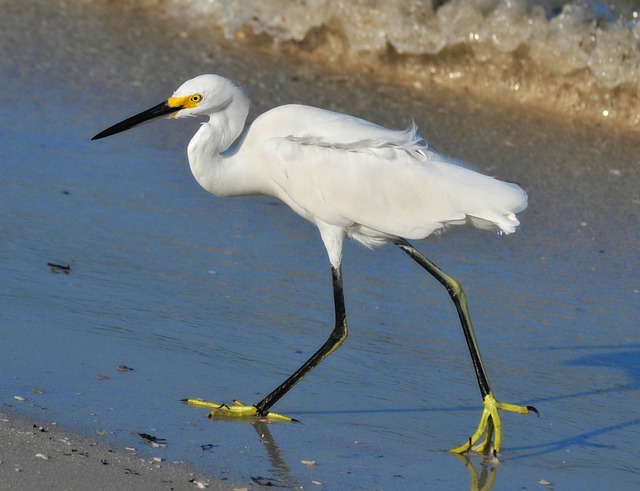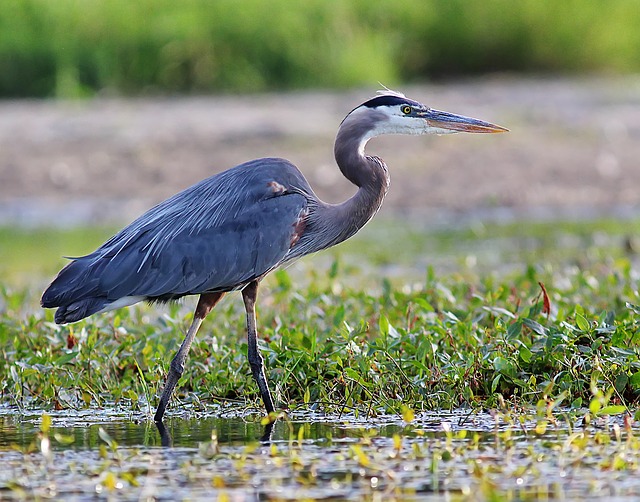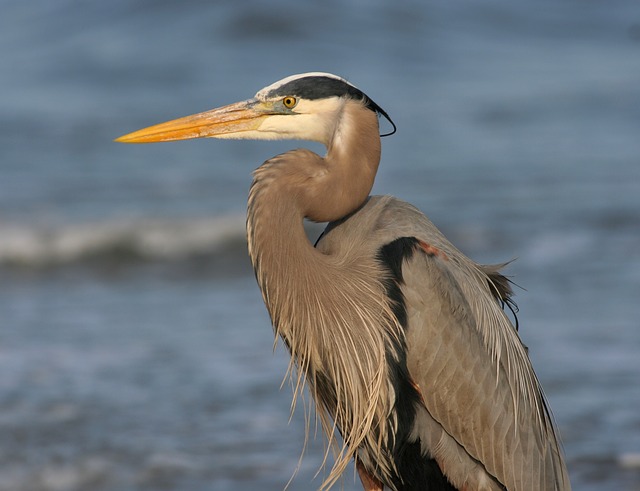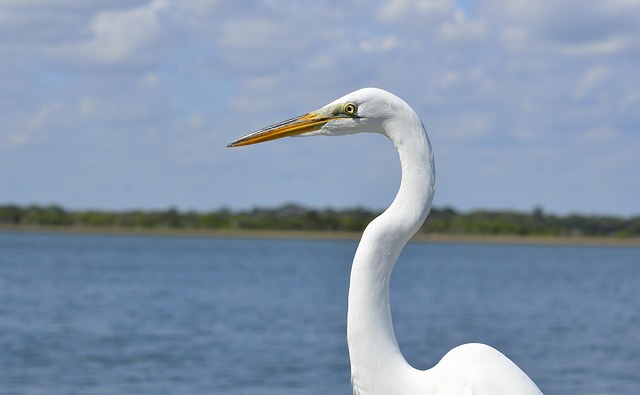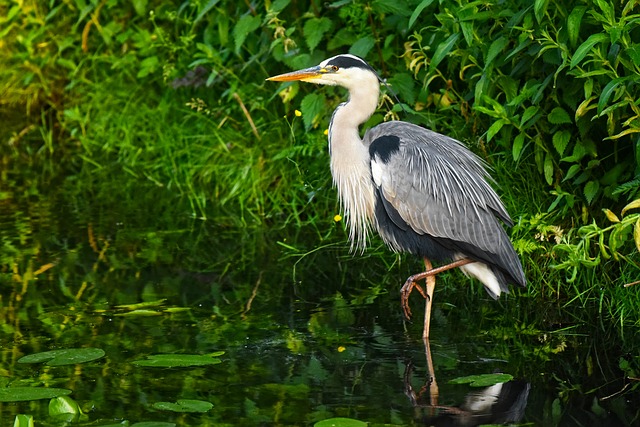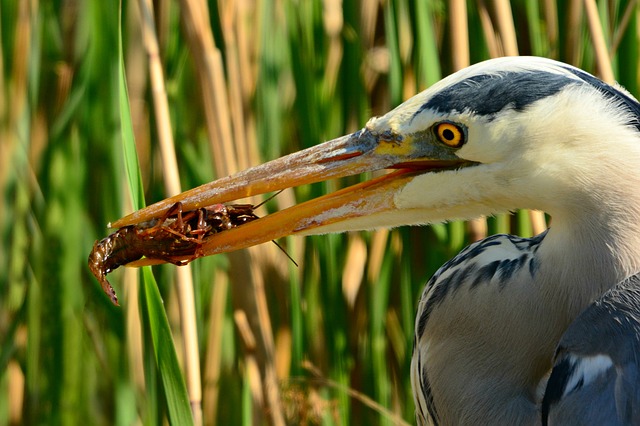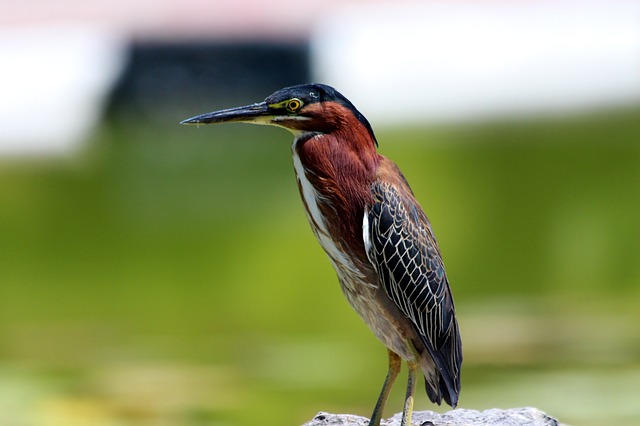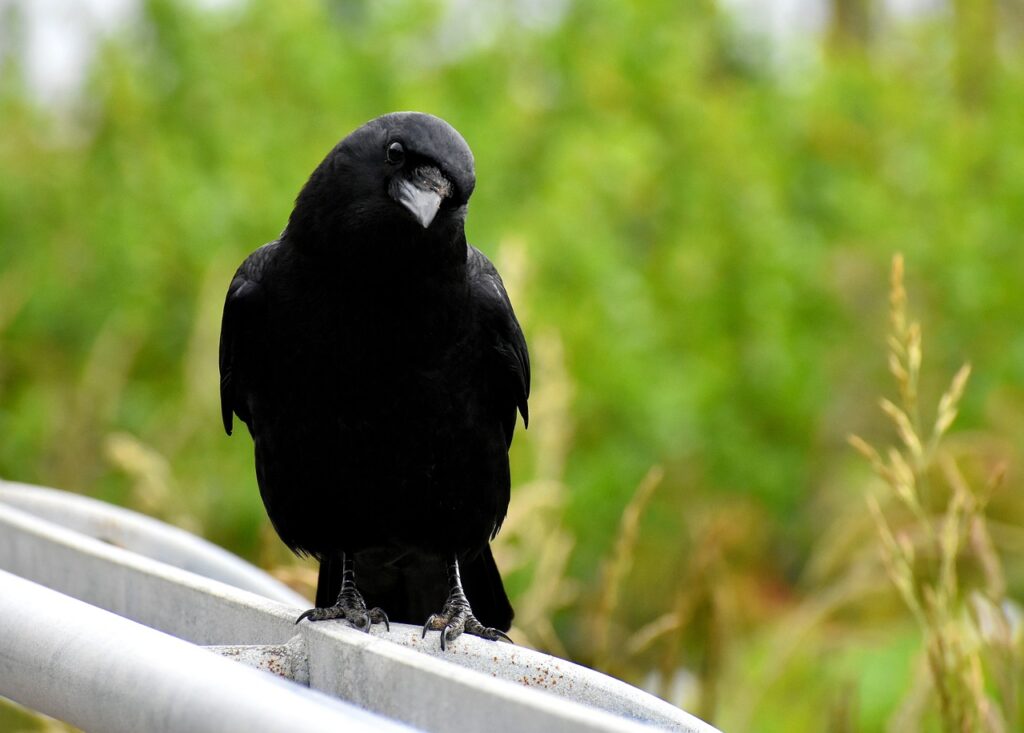
Crows are commonly seen, and heard, in close proximity to us in our towns and cities. But are crows friendly? The answer may surprise you.
Crows Are Highly Social Birds
Crows are social birds that live in family groups. And they are well known for forming close bonds with the other members of their flock. In fact, crows mate for life and the bond with their partner is particularly close. Crow pairs can often be seen affectionately grooming each other, an act that actually reinforces the strength of their bond.
Young grows are also attached and friendly to the crows in their flock. Unlike most other types of birds which leave their parents or are chased away by them at an early age, young crows often stick with their parents and group for several years after being born. And they will even help to take care of their parent’s offspring.
During the fall and winter months, individual family groups will come together and sleep in roosts at night. These roosts have in some cases been made up of millions of crows. Roosts offer protection from nighttime predators but also are used to socialize. They will socialize with crows from other groups and amazingly can exchange information about food sources and potential predators.
Crows Can Become Quite Tame
So, are crows friendly with people? It turns out that crows can be quite friendly, or at least become comfortable being around people. Crows can become quite tame particularly when they realize that you aren’t a threat and may provide them with food.
For this reason, many backyard birders specifically feed crows. And you can attract crows to your yard using various foods such as peanuts. However, crows are intelligent birds and are very wary so it may take time for you to attract them, associate you with food, and finally gain their trust.
In fact, there are many stories of people who have befriended individual crows by feeding them and even give them names. In some cases, crows have been known to bring gifts to their human friends, such as shiny objects or small trinkets.
However, these situations are most likely the result of crows accidentally leaving objects behind and then realizing that they are being rewarded with more food for this behavior by the excited humans. Food after all can be an amazing motivator.
Crows Will Attack
While crows are “friendly,” in certain situations, this is not always the case. Like any wild animal, crows can become aggressive if they feel threatened or if their territory is invaded. And while during the fall and winter when roosting they may be friendly to crows from other groups. during the rest of the year, they aren’t.
Crows are well-known for being especially territorial during the nesting season. They may attack humans, other crows, birds, or other animals perceived as threats to their nests or food sources. And they often will mob or dive bomb them in an attempt to scare them off.
Crows Can Hold A Grudge
Crows can remember faces. And these birds will act very differently around people that they trust and people they don’t. Crows have actually been known to “get even,” with individuals that have tried to harm them in the past. For example, crows may attack those specific people on future occasions whenever they see them. So if you plan on trying to befriend them, be sure that you are as crow-friendly as possible when interacting with them.
They Don’t Make Good Pets
While crows are friendly in certain situations and super smart, crows don’t make good pets. They are incredibly loud, mischievous, and require a large space. And because they are so social, mentally they do need to be surrounded by their family group and interact with them constantly in order to thrive in all areas of their life.
Conclusion
So, are crows friendly? The answer is both yes and no. It depends on the situation and even the time of year. While they can form friendly relationships with us they are still wild animals and deserve our respect. And if you’re not respectful they most likely will remember!
Start Shopping for Birding Supplies!
Raccoon Pictures
Raccoons are easily recognizable by their black face mask and ringed tail. And there are many fascinating things about this intelligent nocturnal species. So we’ve compiled some of the best raccoon pictures to show you just how amazing and unique they are. Raccoon...
Eagle Pictures
Eagles are large powerful raptors with sharp talons and beaks. These apex predators are typically at top of the food chain and there are many interesting things about them. So we’ve compiled some of the best eagle pictures to show you just how amazing they are. Bald...
Nutria Pictures
Nutria are large semi-aquatic rodents from South America. In the United States where they were originally imported for the fur industry, they are an invasive species. Despite their pest status, there are many interesting things about them. So here are some of the best...
Stork Pictures
Storks are tall wading birds with long legs and necks. These amazing birds have many fascinating things about them. And we’ve compiled some of the top stork pictures to help show you just how interesting and beautiful they are. White Stork The white stork has a body...
Alligator Pictures
The American alligator is a large predatory reptile that inhabits the southeastern United States. It’s a fascinating animal with many interesting things about it. And we’ve collected some of the best alligator pictures to help show you just how amazing they are....
How Long Do Great Blue Herons Live?
The life expectancy of birds is known to be closely related to their size. So as the biggest heron species in North America, how long do great blue herons live? The average life expectancy for these large birds is around fifteen years. However, surviving their first...
Where Do Great Blue Herons Live?
The great blue heron is considered to be the most widespread heron in North America. So exactly where do great blue herons live? Here’s what you’ll want to know. Great Blue Heron Range The great blue heron is found throughout most of the North American continent. In...
Where Do Great Blue Herons Nest?
While many of us have seen great blue herons their nesting habits often remain a mystery to most people. That’s because they purposely nest in hard-to-reach places. So where do great blue herons nest? Here’s the answer. A Colony Nester Typically great blue herons nest...
Do Great Blue Herons Migrate?
Do great blue herons migrate? This is something many people wonder about, especially if they’ve seen a heron during the cold winter months. And the answer is both yes and no. Here’s what you’ll want to know. Great Blue Heron Range The great blue heron has a large...
Great Blue Heron Pictures
Few species of birds are as tall, elegant, and attractive as the great blue heron. So we’ve compiled some of the best great blue heron pictures for you to admire and help you to learn more about this amazing bird! Great Blue Heron Head The head of the great blue heron...
What Do Snapping Turtles Eat?
Many people are familiar with the fact that snapping turtles have an incredibly strong bite. They use their strong jaws and sharp beak not just for defense but also for catching food. So what do snapping turtles eat? Here's what you'll want to know. Snapping turtles...
Birds That Look Like Egrets
Egrets are predatory birds that hunt and live in a range of both freshwater and saltwater habitats. These birds are usually white, and have S-shaped necks, long legs, and dagger-like beaks. However, they are often mistaken for several other types of birds that look...
Birds That Look Like Storks
Storks are large wading birds with robust bills and long legs. These tall carnivorous birds are well-known for their wide wingspans and also for building huge nests. However, they are often confused with several other bird types that have a similar appearance. So...
Birds That Look Like Herons
Herons are tall birds with long slender legs and necks. And they often wade in the water when hunting for food. Yet there are several other types of birds that may be mistaken for them. To make things more confusing many of these birds also spend time in the water and...
Great Blue Heron Facts
The great blue heron is named for its size and the grey-blue color on its wings, stomach, and back. This species has many fascinating things about it. So here are the top great blue heron facts. It's The Largest North American Heron The great blue heron is a big bird...
Are There White Herons?
Are there white herons? This is something many people wonder especially after seeing a tall all-white bird. The answer is yes! And here’s a fast introduction to them. A White Color Morph Most people are familiar with the great blue heron, a large predatory and...
Great White Heron Facts
While many people are familiar with the great blue heron, they are often surprised to find out that there’s also a great white heron. There are many things you’ll want to know about this stunning bird. So here are the top great white heron facts. The Great White Heron...
What Animals Eat Herons?
Because of their size and long sharp beaks, it can be hard to imagine that herons have any natural predators. While they do, they definitely don’t have nearly as many predators as most other types of birds. So what animals eat herons? Predators Of Adult Herons For...
What Do Herons Eat?
Great blue herons are often seen slowly wading in shallow water hunting for food. You may have even spotted one of these large birds in your own backyard pond. This leaves many people wondering: “What do great blue herons eat?” And here’s everything you’ll need to...
What Do Green Herons Eat?
The green heron is a secretive and small heron species. What it lacks in size however it makes up for in intelligence. It is particularly well-known for how it uses its smarts when hunting for food. So what do green herons eat? Read on to find out. Meet The Green...
